Intro
Explore cataract treatment options, including surgery, laser therapy, and corrective lenses, to restore vision and alleviate symptoms, with expert advice on recovery and post-operative care.
Cataracts are a common age-related condition that affects millions of people worldwide, causing vision loss and blindness. The good news is that cataracts are highly treatable, and various treatment options are available to restore vision and improve quality of life. In this article, we will delve into the world of cataract treatment options, exploring the benefits, risks, and latest advancements in this field. Whether you or a loved one is affected by cataracts, this comprehensive guide will provide you with the information you need to make informed decisions about your eye health.
As we age, the lens in our eye becomes less flexible and more prone to clouding, leading to cataract formation. If left untreated, cataracts can cause significant vision loss, making everyday activities like reading, driving, and recognizing faces challenging. Fortunately, modern medicine offers a range of treatment options to address cataracts, from non-surgical interventions to advanced surgical techniques. In the following sections, we will discuss the various treatment options available, including their benefits, risks, and what to expect during the treatment process.
Cataracts can be treated with a range of options, depending on the severity of the condition and the individual's overall health. While some people may be able to manage their cataracts with glasses or contact lenses, others may require surgical intervention to restore their vision. With the latest advancements in cataract treatment, it's now possible to not only restore vision but also to correct other vision problems, such as presbyopia or astigmatism, during the same procedure. In this article, we will explore the different treatment options available, including their benefits, risks, and what to expect during the treatment process.
Understanding Cataracts
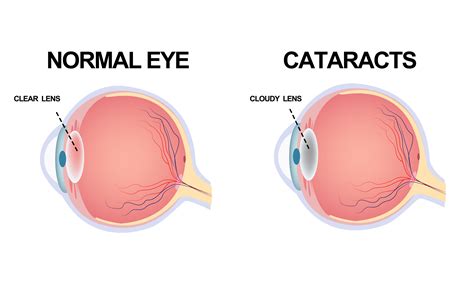
Types of Cataracts
There are several types of cataracts, each with distinct characteristics and effects on vision. Nuclear cataracts are the most common type and affect the central part of the lens. Cortical cataracts are characterized by white, wedge-like opacities that start in the periphery of the lens and work their way to the center. Posterior subcapsular cataracts are less common and affect the back of the lens. Each type of cataract requires a unique approach to treatment, and understanding the type of cataract you have is essential for developing an effective treatment plan.Cataract Treatment Options
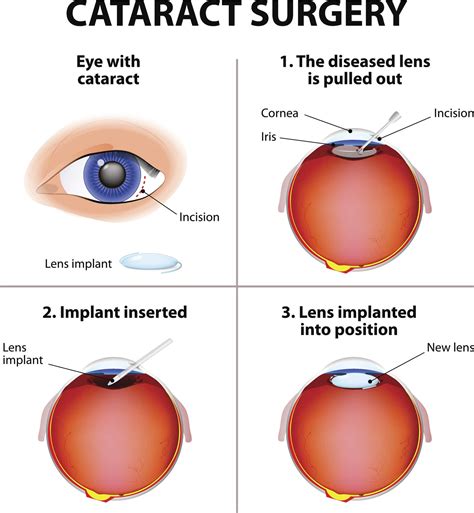
Phacoemulsification
Phacoemulsification is a modern cataract surgical technique that involves breaking up the cataract with ultrasonic waves and removing it through a small incision. This procedure is typically performed under local anesthesia and takes about 15-20 minutes to complete. The surgeon will make a small incision in the cornea and insert a probe that emits ultrasonic waves to break up the cataract. The cataract is then removed, and an intraocular lens (IOL) is implanted to replace the natural lens. Phacoemulsification is a highly effective procedure with a high success rate and minimal complications.Laser Cataract Surgery
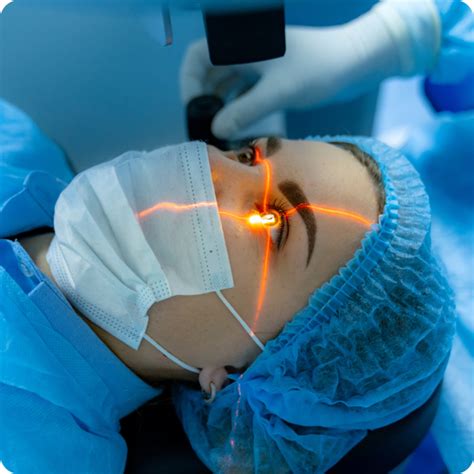
Benefits of Laser Cataract Surgery
Laser cataract surgery offers several benefits over traditional phacoemulsification, including: * Improved precision and accuracy * Reduced risk of complications * Faster recovery time * Improved vision quality * More precise placement of the IOL Laser cataract surgery is a highly effective procedure that can provide excellent outcomes for patients with cataracts. However, it's essential to discuss the benefits and risks of this procedure with your eye doctor to determine if it's right for you.Intraocular Lenses (IOLs)
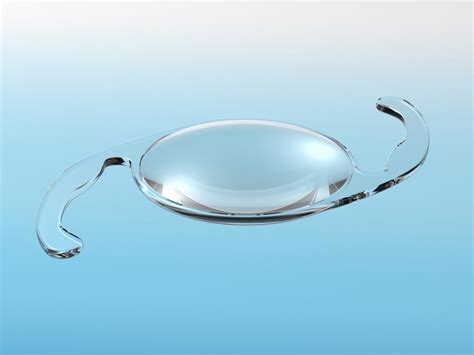
Types of IOLs
There are several types of IOLs available, each with its own unique features and benefits. Monofocal IOLs are designed to correct distance vision and are the most common type of IOL. Multifocal IOLs are designed to correct near and far vision and are a good option for people who want to reduce their dependence on glasses. Toric IOLs are designed to correct astigmatism and are a good option for people who have astigmatism. Your eye doctor can help you determine which type of IOL is best for you based on your individual needs and preferences.Cataract Surgery Recovery
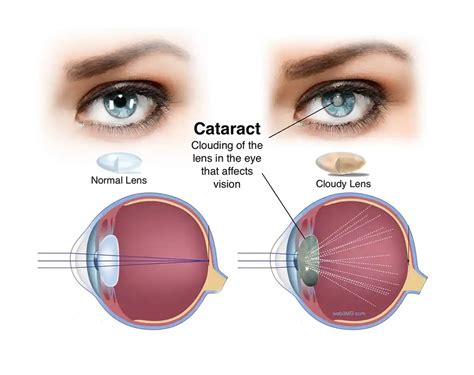
Post-Operative Care
Post-operative care is essential to ensure a smooth and successful recovery from cataract surgery. Your eye doctor will provide you with instructions on how to care for your eye, including: * Using eye drops to reduce inflammation and prevent infection * Protecting your eye from injury * Avoiding heavy lifting or bending * Avoiding rubbing or touching your eye * Attending follow-up appointments with your eye doctor By following these instructions carefully, you can help ensure a successful recovery and minimize the risk of complications.Conclusion and Next Steps

We invite you to share your thoughts and experiences with cataract treatment options in the comments below. If you have any questions or concerns, please don't hesitate to reach out to us. We're here to help you navigate the world of cataract treatment and provide you with the information you need to make informed decisions about your eye health.
What are the symptoms of cataracts?
+Cataract symptoms include blurred vision, double vision, sensitivity to light, and difficulty seeing at night. If you're experiencing any of these symptoms, it's essential to schedule an appointment with your eye doctor to determine the best course of treatment.
What are the different types of cataracts?
+There are several types of cataracts, including nuclear cataracts, cortical cataracts, and posterior subcapsular cataracts. Each type of cataract has distinct characteristics and affects vision in different ways.
What is the best treatment option for cataracts?
+The best treatment option for cataracts depends on the individual's overall health and the severity of the condition. Your eye doctor can help you determine the best course of treatment based on your individual needs and preferences.
